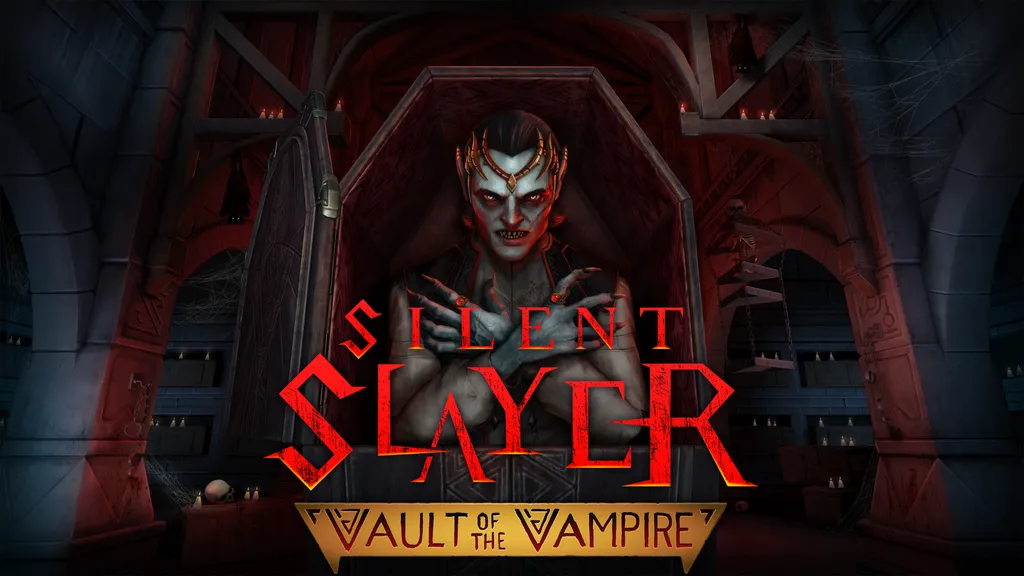Schell Games is one of the most exciting studios working in the VR space right now. With a diverse portfolio of hits like Among Us VR and I Expect You To Die, I was so excited to see what kind of creative spin they would bring to the horror genre. I'm happy to say that Schell followed through on its reputation with Silent Slayer: Vault of the Vampire with tense and engaging gameplay, even if it can be a bit taxing.
If you're like me, vampire killing in video games usually evokes images of platforming with a sacred whip and some flammable holy water, chipping away at Dracula's defenses one flying Gorgon head at a time. Instead of having you run around a massive castle, Silent Slayer keeps you square in front of your quarry's coffin with all the tools you need from the get-go; no relic collecting or exploration is needed. Moving as silently as possible, you'll need to undo a series of booby traps and locks protecting the vampire before turning them to ash.
What is it?: A tense horror puzzler where you disarm traps to kill vampires.
Platforms: Quest (reviewed on Quest 2)
Release Date: June 6, 2024
Developer: Schell Games
Price: $19.99
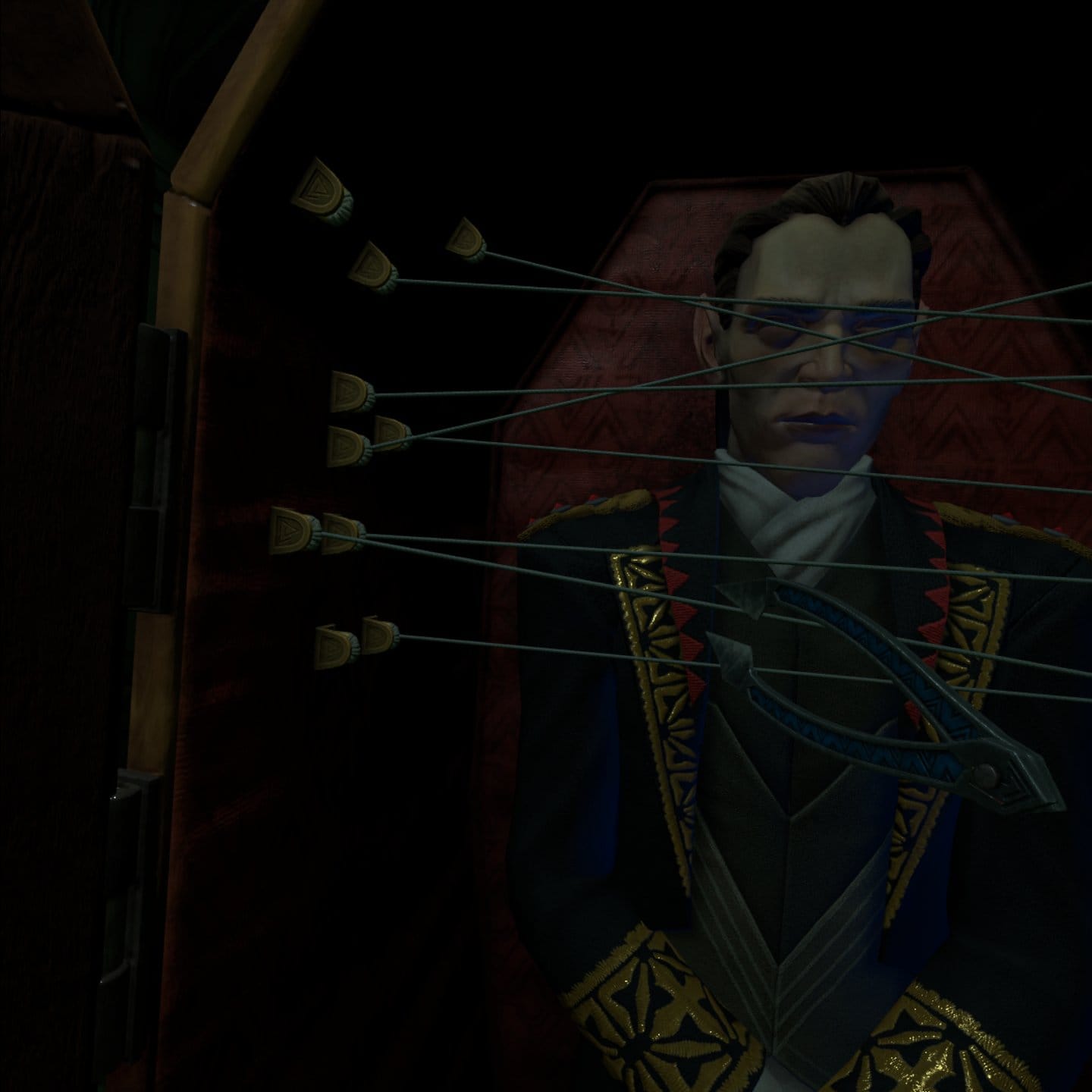
Evoking a jumpscare-riddled Operation (yes, the classic Hasbro board game that's all about steady hands) crossed with a vampire-killing spy thriller, Silent Slayer's tense vampire killing had me on the edge of my seat as I snipped electrified wires, turned magical, drew ancient runes—and yes, staked vampires through the heart.
Each kill starts with a briefing. It's almost like a fantastical Mission: Impossible (though you have no choice but to accept) where a sinister but helpful talking book tells you about your target. As they run down the mission dossier, breaking down who this bloodsucker is and why they're an important target, you're tasked with assembling a Bindstone, which will be crucial to your mission.
It's hard not to feel like a garlicky Ethan Hunt as you get your briefing, prepare your tools, and carry out your mission. As briefs get longer, so too does this puzzle; it can get a tad tricky later on, but aligning the stone's rocky ridges and straight edges never got old.
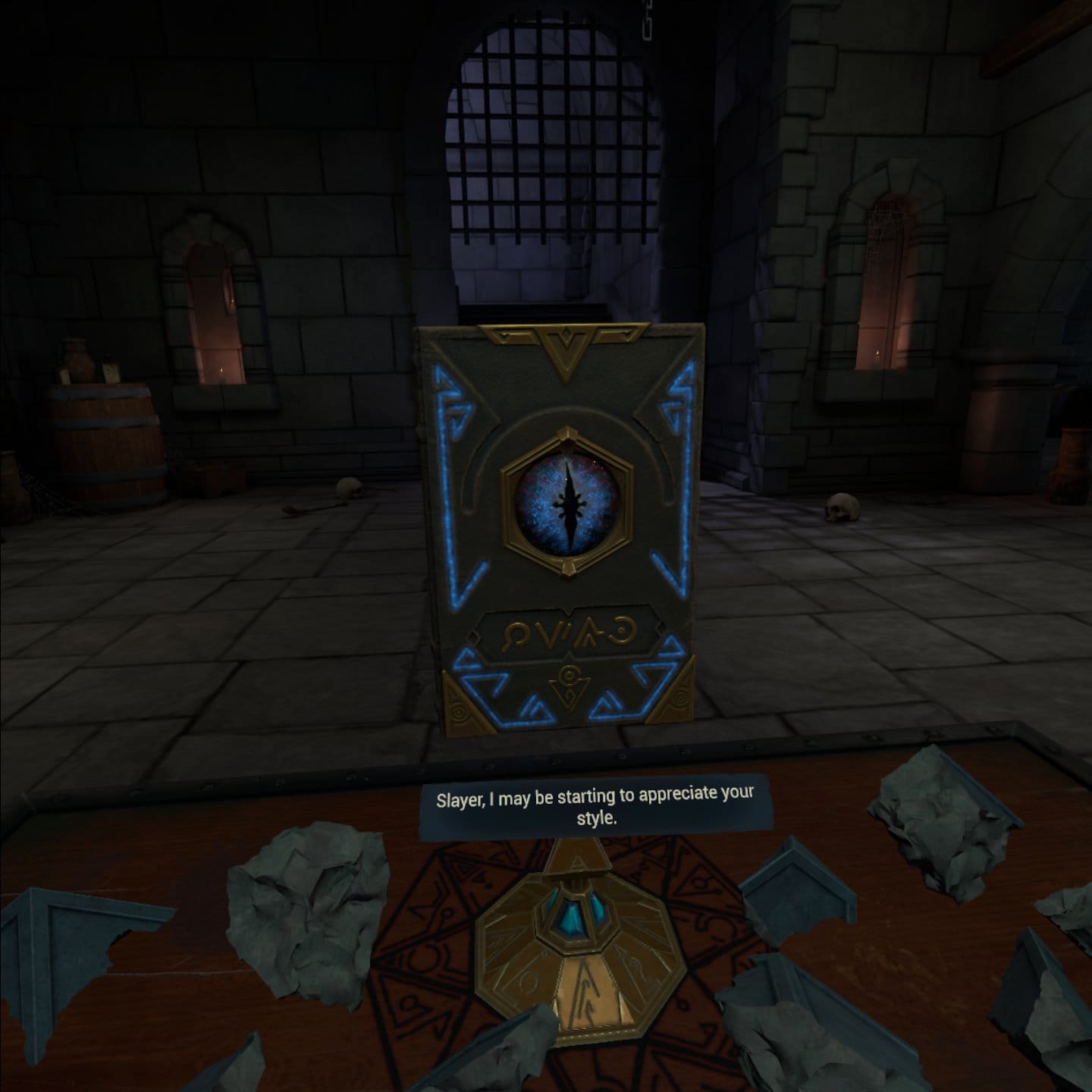
Once the brief is done and your preparations are complete, the hunt begins. At first, these tense puzzle-like obstacles are pretty simple: move the metal bars locking the coffin, open their creaky doors (have these buggers even heard of grease?), and quickly trace a few magical runes to bind the vampire where they sleep before running them through.
A lot of these mechanics evolve over time. A few levels at a time, one metal block becomes two that need to be removed separately, or maybe the screechy, high-tension steel wires that you need to snip suddenly carry a dangerous charge. Silent Slayer does a great job of reinventing most of its mechanics throughout its runtime, layering in more and more complexity and challenge. Securing the kill feels increasingly satisfying as a result.
You can't let that distract you, though. Yes, it's helpful to dismantle each trap with calculated tact, but you also need to move decisively. You'll be caught and promptly killed with a jumpscare as the vampire wakes from their daylight slumber if you take too long or make too much noise.
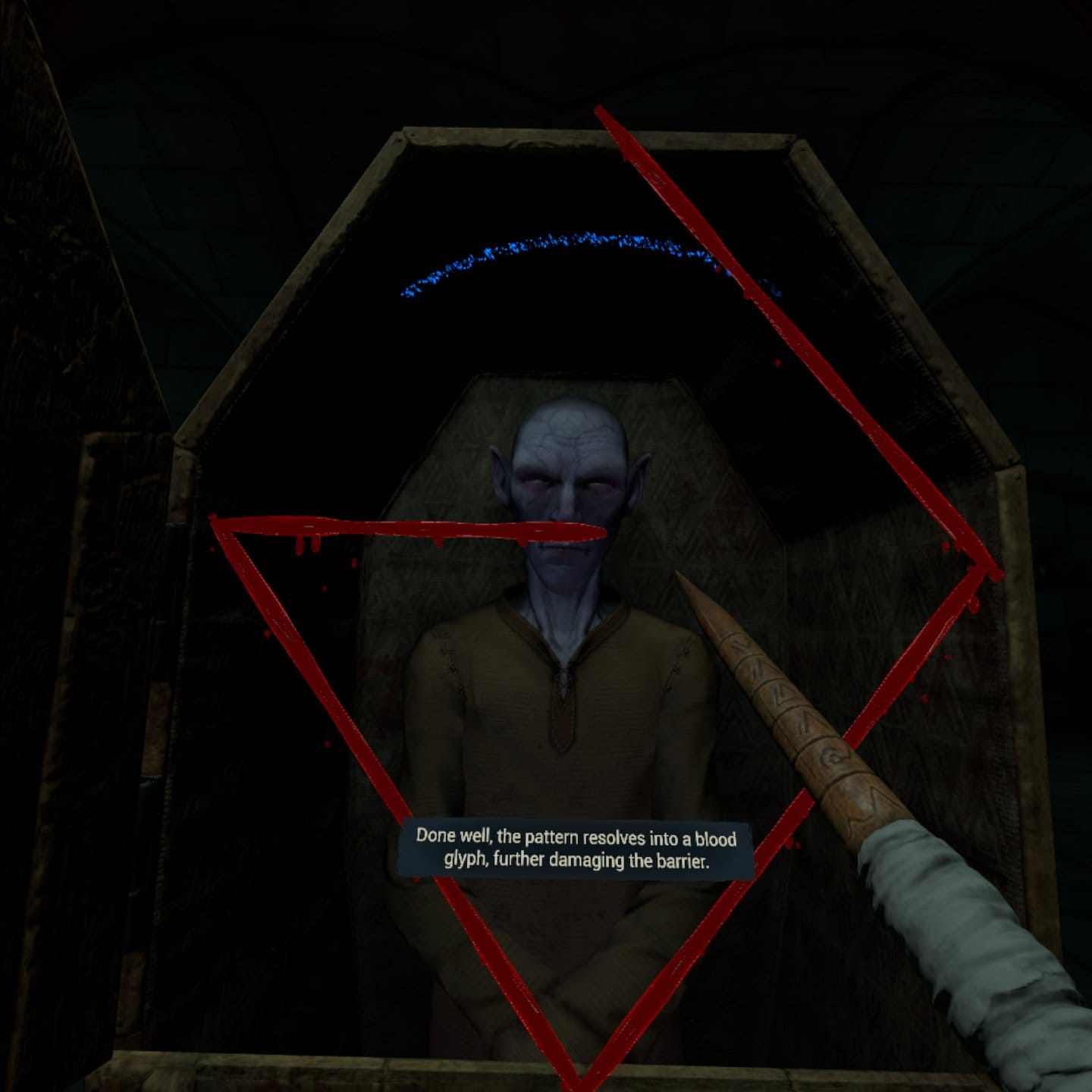
Usually, Silent Slayer's sleeping uglies are dozing heavily enough to afford you a mistake or two. Drop a nail, miss tracing a rune, or even set a part of the coffin down too loudly and a sharp violin screech will put you on notice, clearly communicating that another mistake would mean certain death. The edges of your screen will temporarily turn blood-red before fading away, indicating that you're back in the clear.
That shrieking violin is only the tip of Silent Slayer's sonic iceberg; screeching bats, clanging chains that jingle in the wind, and a myriad of other minor distractions compound as you work in silence. These aspects add so much to the tension and immersion here by making every noise (even the ones you didn't make) stand out. But when you eventually touch stake to heart with a satisfying squelch, it's unnervingly thrilling to watch your prey shriek as they turn to ash and try to claw their way out of death's cold grasp.
If you do mess up and die, it's game over. Starting back at the beginning of your coffin-cracking challenge means slowly tugging nails, turning keys, and moving blocks all over again—slowly. There's no checkpointing within Silent Slayer's levels (nor should there be) and that puts the pressure on. You'll need to retrace your painstaking, pinpoint steps after messing up.
I took off my headset while playing a few times. Silent Slayer: Vault of the Vampire straddles the line between feeling a bit jumpy and slightly frustrating after a failed mission; the idea of needing to repeat the slow flow of a level after its novelty had faded was admittedly very frustrating. While it's clear that this game intends to long-con you psychologically by tickling that nagging itch in the deepest corner of your brain that says, "I totally had that! Why didn't I get that? Why don't I just try again?" until you do, it's also pretty annoying to go back to a failed level right away.
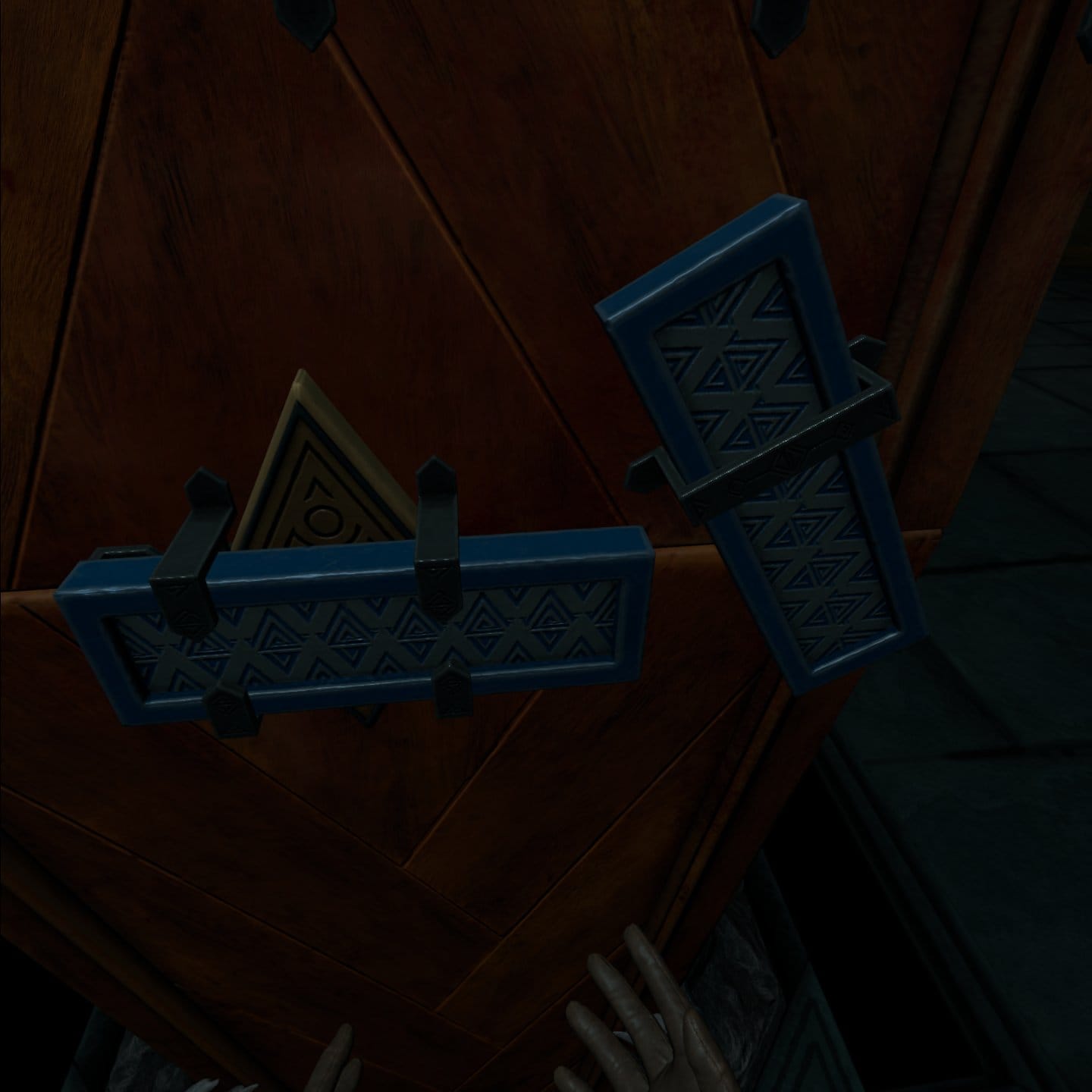
It's tough to properly illustrate just how taxing this game can be. Though it's nothing compared to an intense Beat Saber session, it can take a mental and physical toll on you all the same. Once the game hits its stride, certain mechanics might force you to stay as still as possible briefly. It's usually easy to anticipate this kind of thing, but it's just as easy to get greedy and wind up stuck in an awkward position while turning a key.
Moving slowly, silently, and fluidly in some of the game's later challenges becomes difficult as you need to maintain a decent pace to stab the vampire before being noticed. You also have to balance it all with extra tact since there are more moving parts to some of these later puzzles. This makes replaying a level less fun than you'd think, especially if you fail just before killing the vampire, as you need to gradually retrace each step.
Comfort
Comfort settings here are pretty minimal, and that's because you don't need to move around very much here. Camera turning doesn't apply here and movement is restricted to a very small area, making Silent Slayer very comfortable to play. The only movement you'll need to grapple with is pulling yourself along a bar to either re-adjust or pull yourself closer to a tool that's out of reach.
Beyond the surprisingly tiring amount of control you need over your body for Silent Slayer, it's incredibly easy and comfortable to play. Part of what makes Schell Games' output so great is their inherent approachability, and Silent Slayer is no different. I played the entire game seated on my couch and ran into no issues, other than a few minor audio bugs. Moving around and re-adjusting myself was as easy as can be, thanks to a bar that I could grab onto and find a better vantage point to pry out a nail as needed.
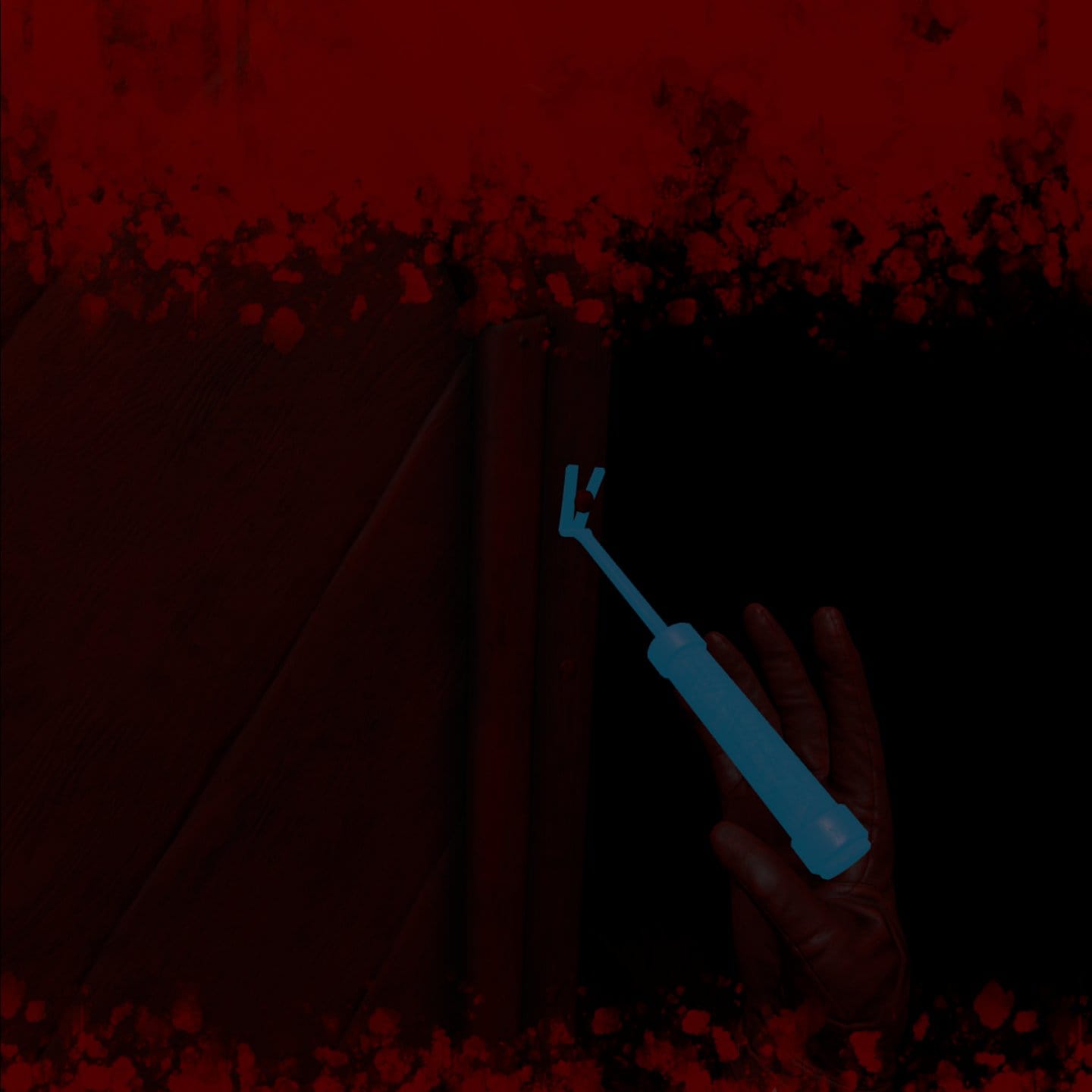
Silent Slayer: Vault of the Vampire - Final Verdict
Even when it turns up the tension as you sweat out your anxieties, Silent Slayer: Vault of the Vampire still makes you feel cool. Painstakingly prying nails, cautiously clipping chords, and building rocky runes feels satisfying and nervous at the same time, thanks to this game's clever approach to puzzle and sound design. Even though it has some rougher edges, they're part of what makes this delicate balance between tension, challenge, fun, and satisfaction work as well as it does. This tight testament to Schell's prowess in the VR space should not be overlooked.

UploadVR uses a 5-Star rating system for our game reviews – you can read a breakdown of each star rating in our review guidelines.

